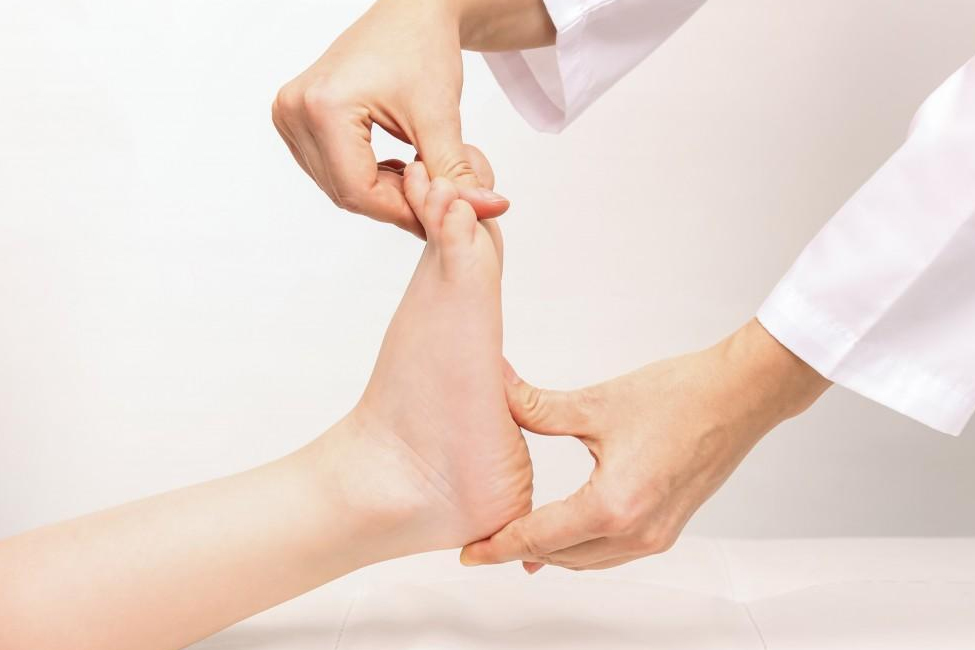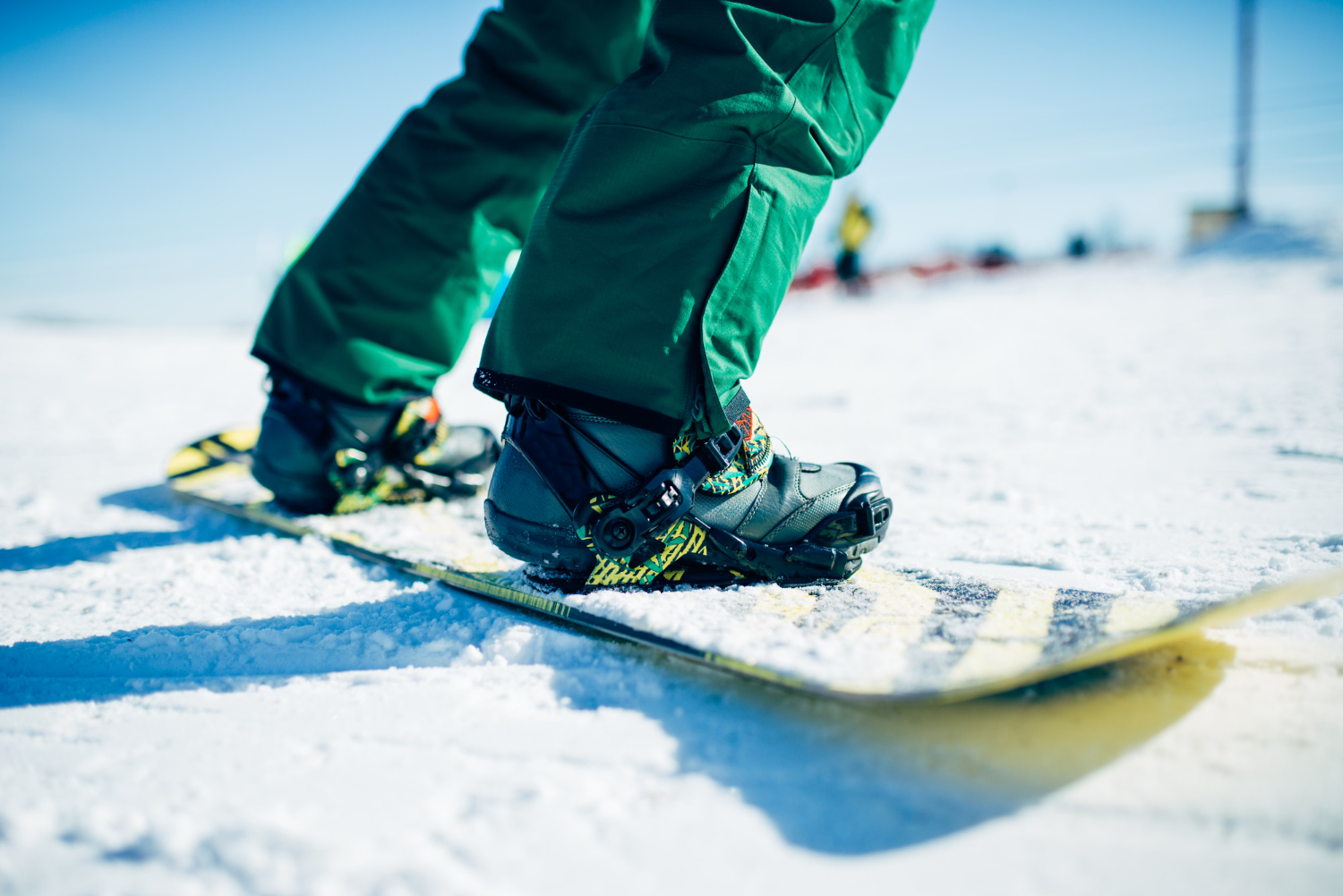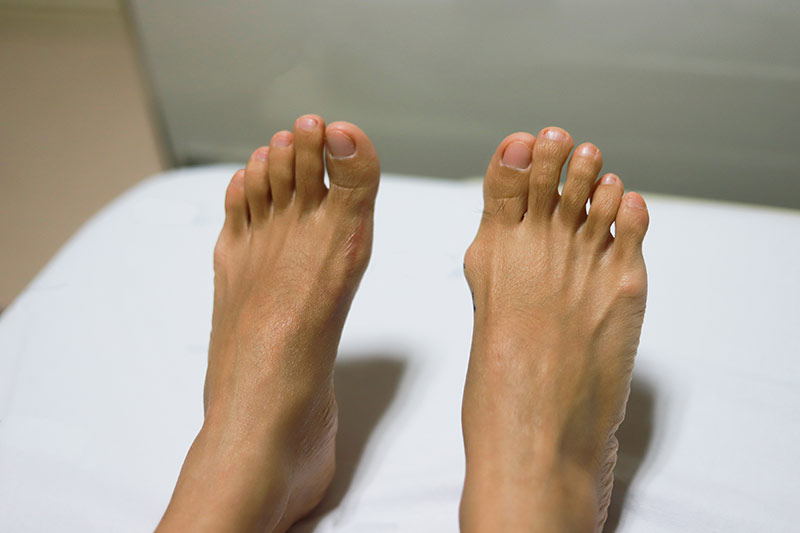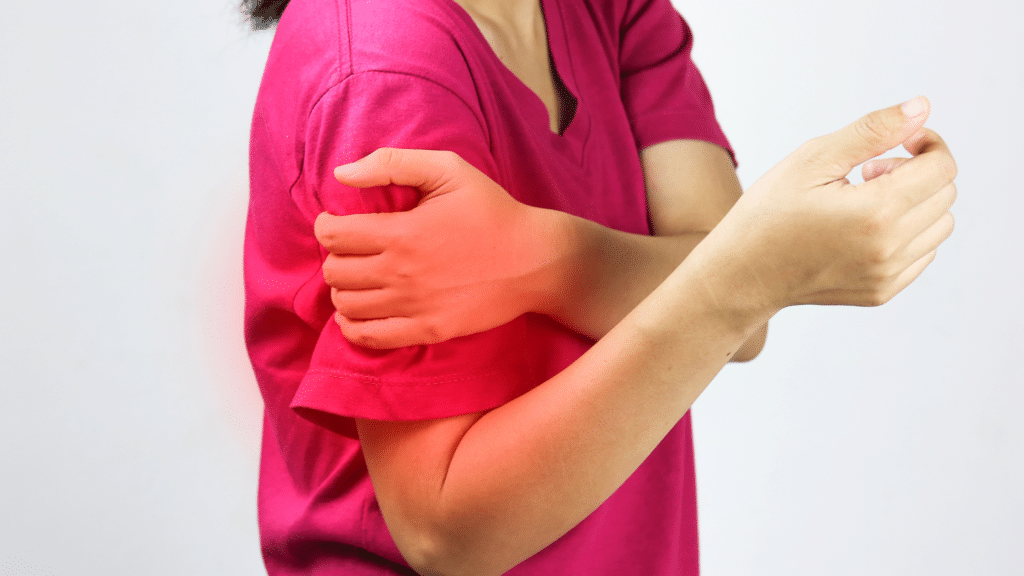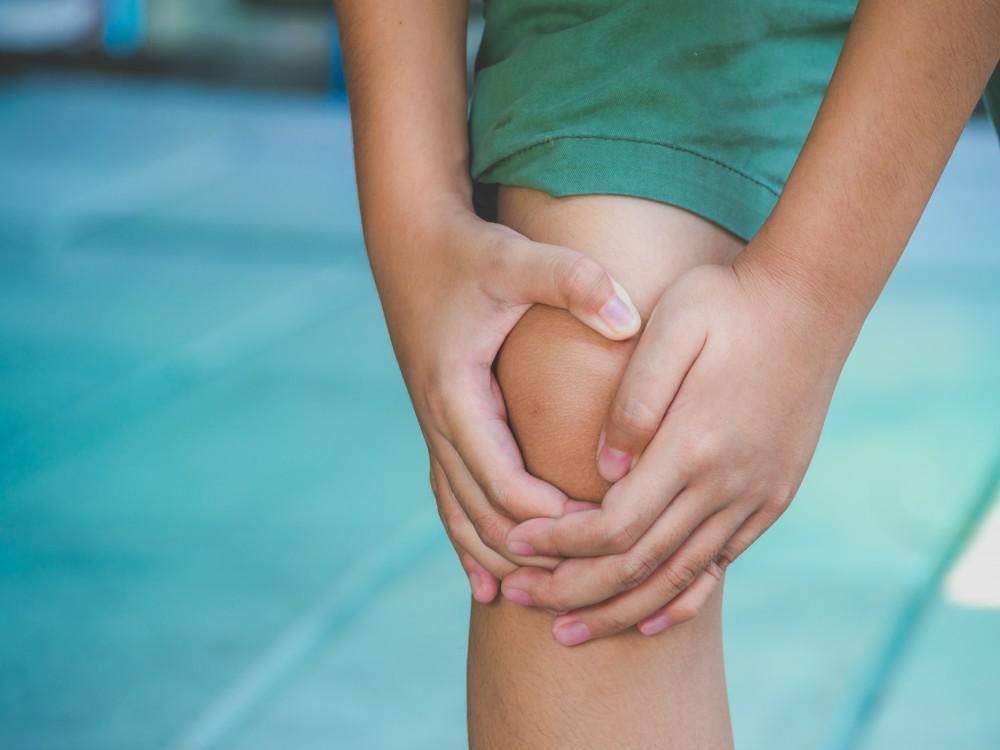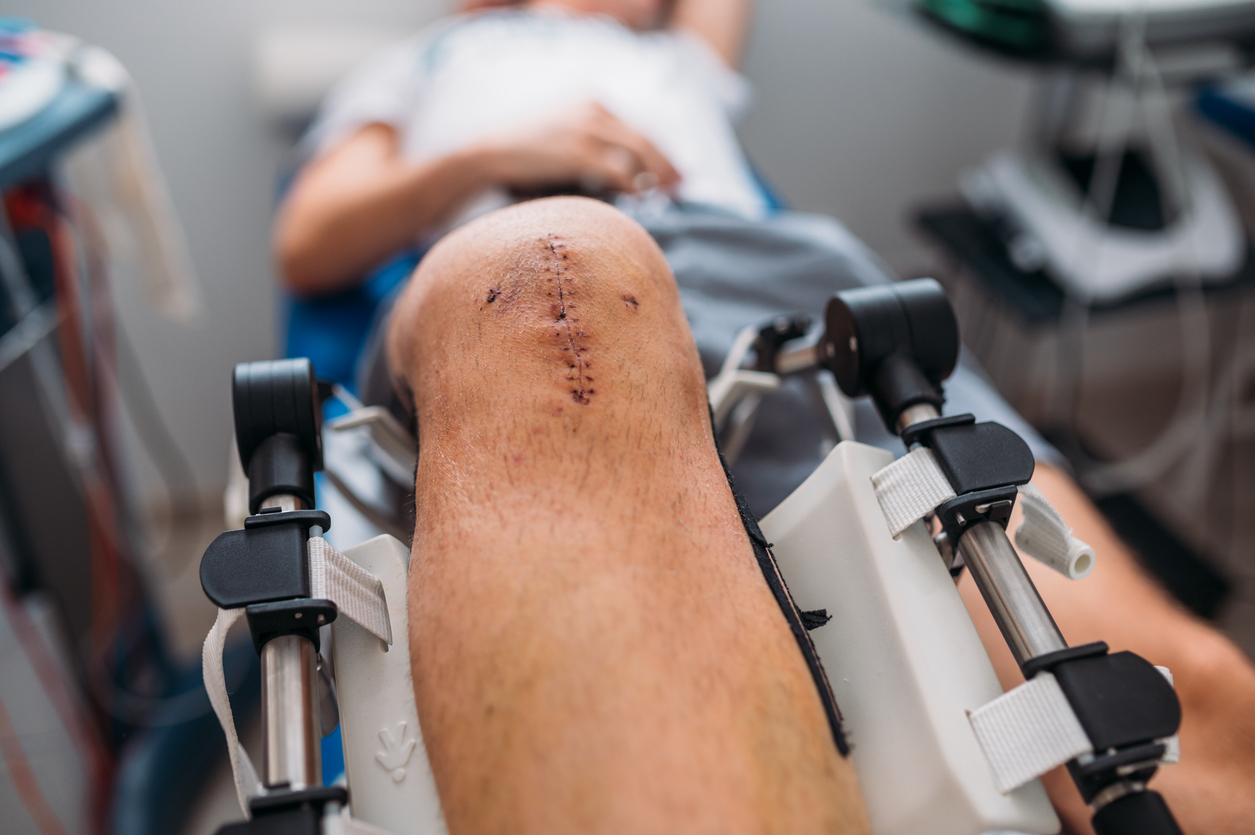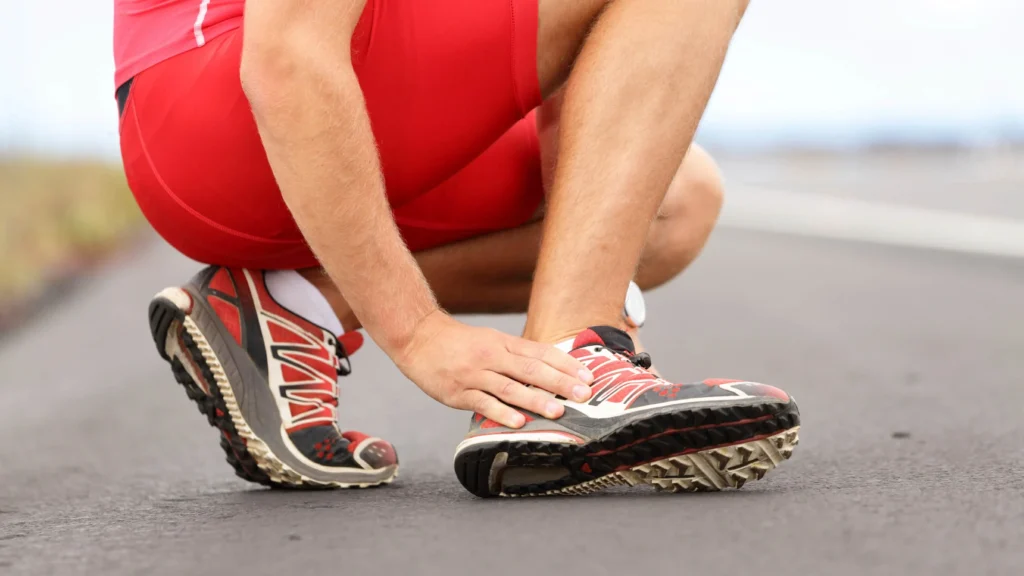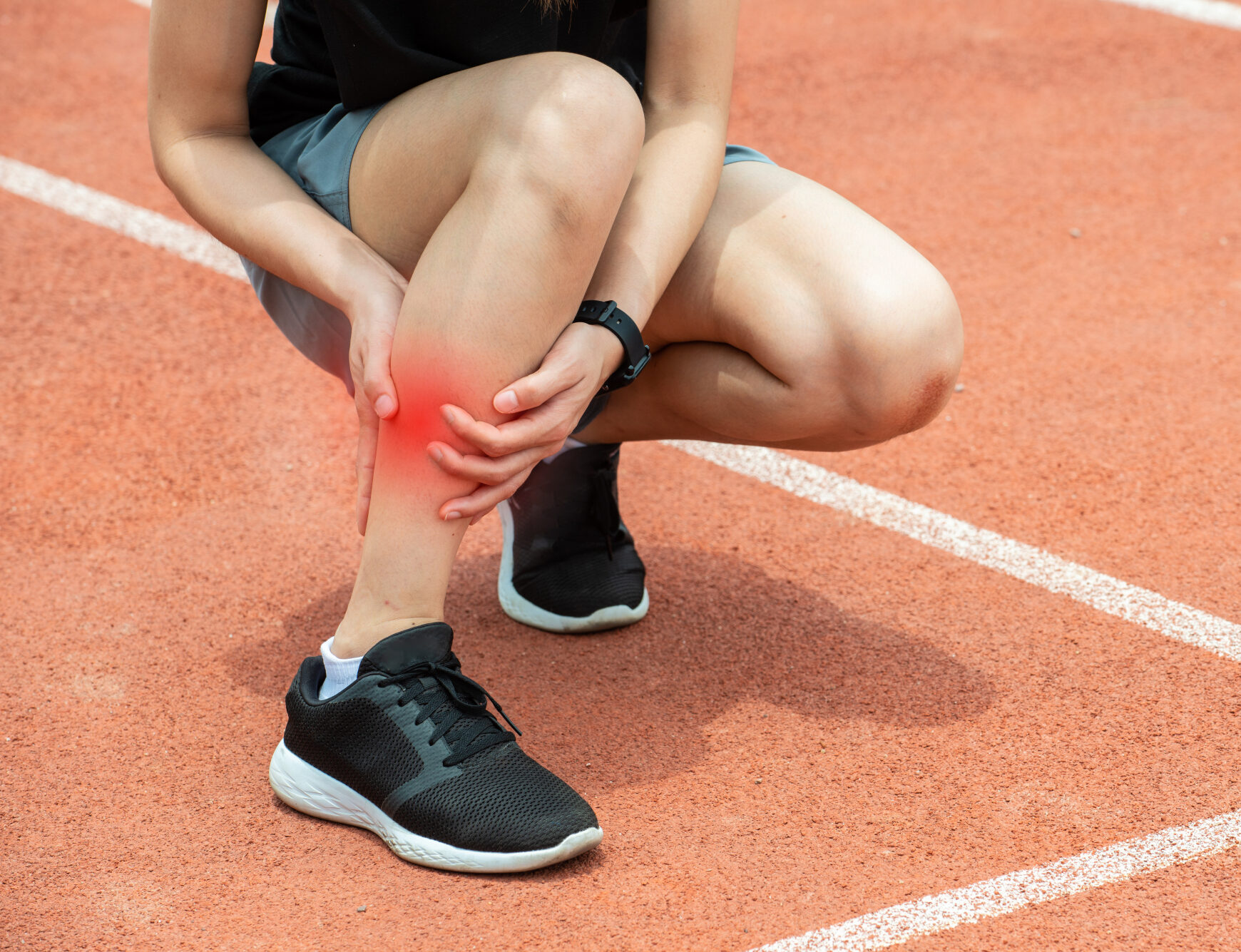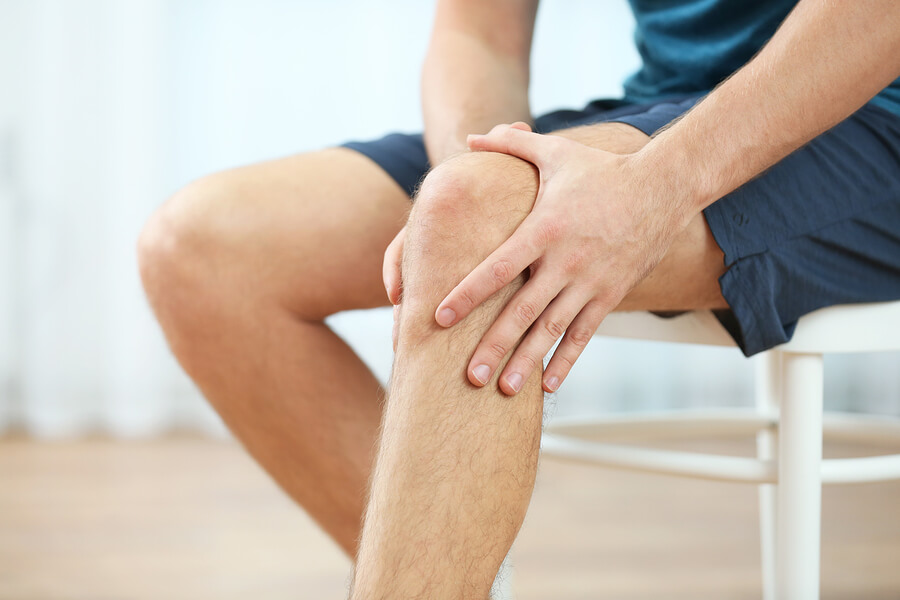Children often exhibit various forms of unique movement patterns as they grow. One such common condition is intoeing gait, where a child’s feet turn inward while walking. Parents and caregivers must understand that while intoeing gait often corrects itself as a child develops, certain physical activities can aid in managing and supporting the natural alignment of the lower limbs.
Understanding Intoeing Gait
Intoeing gait, often seen in toddlers and young children, can be a result of various factors such as metatarsus adductus, tibial torsion, or femoral anteversion. While most cases of intoeing gait tend to resolve on their own without intervention, there are ways in which parents and caregivers can support their child’s natural development through physical activities.
Importance of Physical Activities
Physical activities play a pivotal role in the overall development of a child. Not only do they promote physical health but they also contribute significantly to their cognitive and emotional well-being. When it comes to managing intoeing gait, specific exercises and activities can help children develop strength, balance, and coordination, thereby potentially aiding in the correction of their gait.
Recommended Physical Activities
While intoeing gait typically corrects itself as the child grows, engaging in specific physical activities can play a significant role in managing and supporting the natural alignment of the lower limbs. Incorporating recommended physical activities not only promotes overall health but also aids in the potential correction of intoeing gait, allowing children to strengthen muscles, improve coordination, and enhance their mobility.
1. Stretching Exercises
Stretching exercises are fundamental in maintaining and enhancing flexibility in the lower limbs. Encouraging your child to perform gentle leg stretches is not only beneficial for promoting flexibility in their hips, knees, and ankles but also aids in their overall mobility. Incorporating various stretches like butterfly stretches, which involve sitting with the soles of the feet touching and gently pressing the knees towards the ground, hamstring stretches, focusing on bending forward at the waist while keeping legs straight. And quad stretches involving pulling the foot towards the backside can be integrated into your child’s daily routine.
These stretches are effective in enhancing the range of motion in the legs, supporting better posture, and assisting in the gradual correction of intoeing gait.
2. Balancing Activities
Engaging in balancing exercises is instrumental in strengthening muscles and improving coordination. By encouraging activities such as standing on one leg, walking on a balance beam, or playing games that involve maintaining balance on uneven surfaces, children can significantly enhance their motor skills.
These exercises challenge their proprioception and equilibrium, facilitating the development of core stability and leg strength. The benefits extend beyond correcting intoeing gait, promoting better overall body control and reducing the risk of falls and injuries.
3. Outdoor Play
Embracing outdoor activities not only encourages a profound connection with nature but also provides a platform for children to engage in physical exercise. Running, jumping, and playing games that require changes in direction stimulate the development of muscle strength, agility, and coordination.
These activities, set in natural environments, not only promote physical well-being but also encourage social interaction and creativity. By exploring different terrains and engaging in diverse physical movements, children can refine their motor skills, fostering a more robust foundation for correcting intoeing gait.
4. Cycling
Cycling, whether on a bicycle or tricycle, offers an enjoyable and effective way to strengthen leg muscles and improve lower limb alignment. As a low-impact activity, cycling allows children to engage in a repetitive motion that enhances muscle development in the legs.
The continuous pedalling action supports the strengthening of various leg muscles, particularly those essential for walking and maintaining proper gait. This activity not only contributes to correcting intoeing gait but also fosters cardiovascular fitness and overall well-being.
5. Dance or Martial Arts
Enrolling your child in dance or martial arts activities can enhance muscle strength, flexibility, and balance. Both dance and martial arts involve deliberate and controlled movements that require coordinated use of different muscle groups. These activities aid in improving body alignment, encouraging the development of better posture, and enhancing core stability.
The varied movements in these disciplines contribute to strengthening muscles crucial for maintaining proper lower limb alignment, thereby supporting the correction of intoeing gait. Additionally, the discipline and focus learned through these activities can positively impact a child’s overall physical and mental development.
Monitoring Progress and Seeking Professional Guidance
While physical activities can be immensely helpful, it’s crucial to monitor your child’s progress. If you notice persistent or severe intoeing gait that doesn’t seem to be improving, it’s essential to consult a pediatrician or an orthopedic specialist. They can provide a more thorough assessment and recommend specific interventions if necessary.
Managing intoeing gait through physical activities is a proactive way for parents and caregivers to support their child’s natural development. By incorporating various exercises and activities that focus on strength, balance, and coordination, they can potentially aid in correcting the alignment of the lower limbs. Remember, each child is unique, and while most cases of intoeing gait resolve naturally, professional guidance and consistent engagement in physical activities can significantly contribute to their overall well-being and mobility.

